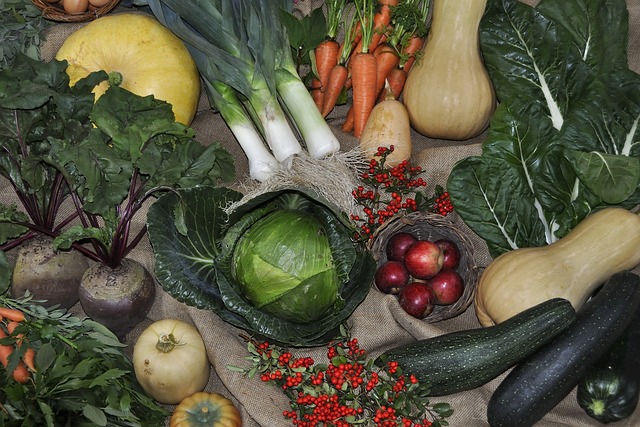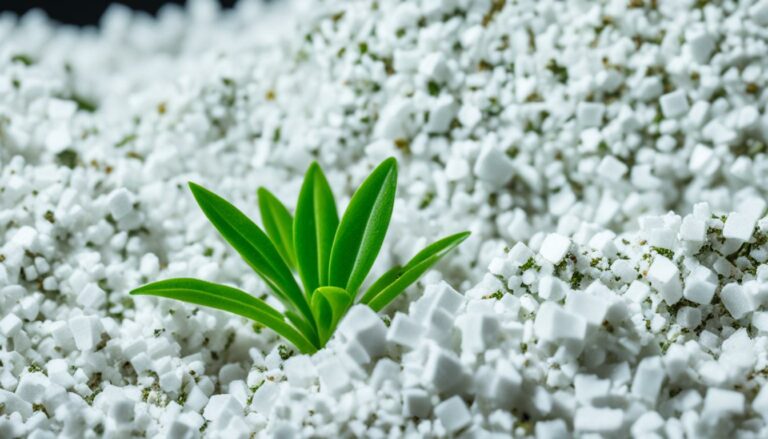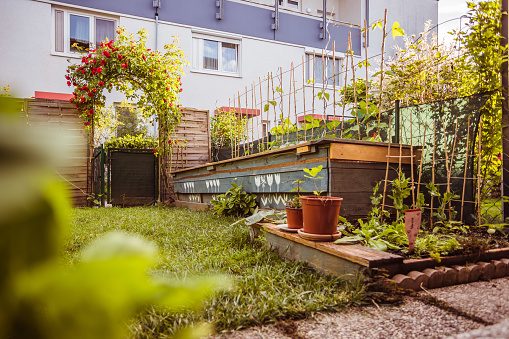Are Your Strawberry Plants Getting Eaten?
This post may include affiliate links where I might earn a commission, at no additional cost to you, should you go ahead and decide to buy anything off this post.
Are your strawberry plants looking more like a buffet for local critters than a beautiful, thriving garden?
It’s especially annoying when you’ve grown your strawberry plants yourself from runners, and now they are getting eaten.
Have you noticed bite marks on those gorgeous green leaves or found peck marks in the berries that were almost ready to be harvested?
You’ve entered the zone of the battle of gardener versus pests. Welcome.
But don’t worry, in this post, we’ll take a quick look at the likely culprits behind the munching and share some friendly tips to protect your precious plants so you can enjoy a bountiful harvest.
Let’s dig in and see what’s eating your strawberries!
Pests That Will Eat Your Strawberry Plants
While growing strawberries can be fun, it is important to be aware of common problems that may occur.
Here are some of the most common strawberry plant problems and pests you may encounter:
Slugs & Snails
Slugs and snails are common pests that can damage and destroy strawberry plants. These slimy creatures feed on the leaves, stems, and fruits of the plants.
It’s easy to tell if they are the culprits as they leave behind obvious evidence – their slime trail.
I don’t like to kill anything at all, so you could go the beer trap root but I personally don’t like to do that.
If you’re like me, to prevent snail and slug infestations, try this:
- Apply diatomaceous earth around the strawberry plants to create a barrier that slugs cannot cross.
- Handpick slugs and snails in the early morning or evening when they are most active. Dispose of them in a nearby field. If you can’t see them, water your plants and they will come up, just give them some time.
Fruit-eating birds
Strawberries are a delicious treat not just for humans but also for birds. Birds can be a real pain when the plants are fruiting as they peck at the strawberries just completely messing them up.
To protect your strawberries from birds, consider some of these tricks:
- Cover your strawberry plants with bird netting, ensuring that the netting is securely fastened to prevent birds from accessing the fruit from underneath.
- Hang reflective tape or wind chimes near your strawberry plants to try scare away birds.
- Place scarecrows or decoy predators near your garden to deter birds from landing.
- Set up food stations for the birds on a different end of the garden.
Fungal Spots on Leaves
Another thing that could be killing your plants is fungi.
Fungal spots on strawberry leaves can be caused by various pathogens, including powdery mildew and leaf spot fungi.
These spots may appear as small, dark lesions or powdery white growth on the leaves.
To prevent and manage fungal spots, try some of these tricks:
- Ensure proper air circulation by planting strawberries with adequate spacing between plants.
- Apply a natural fungicide according to the instructions on the label, especially during periods of high humidity or when you notice the first signs of fungal spots.
- Remove and destroy infected leaves to prevent the spread of the fungus.
Natural Solutions for Protecting Your Strawberry Plants
Protecting your strawberry plants naturally can help ensure a healthy harvest. Here are some effective methods:
1. Companion planting: Plant strawberries alongside herbs like basil and thyme, or flowers like marigolds. These can deter pests and attract beneficial insects.
2. Mulching: Use organic mulch, such as straw or wood chips, to suppress weeds, retain moisture, and keep the fruit clean.
3. Handpicking pests: Regularly check your plants for pests like aphids or slugs and remove them by hand.
4. Neem oil: Neem oil is safe and organic and works wonders. Dilute neem oil in water and spray it on your plants. It’s a natural pesticide that can deter various pests without harming beneficial insects.
5. Diatomaceous earth: Sprinkle this natural powder around your plants to deter soft-bodied insects like slugs and beetles.
6. Floating row covers: Use lightweight fabric to cover your plants during the flowering stage to protect against pests while allowing sunlight and moisture in.
7. Watering: Water in the morning to reduce the risk of fungal diseases and ensure that plants are hydrated during the heat of the day.
8. Crop rotation: If you’re growing strawberries in a garden bed, rotate them to a different location each year to prevent soil-borne diseases.
9. Soil health: Improve soil health with compost or organic matter to strengthen plant resilience against pests and diseases.
10. Attract beneficial insects: Plant flowers like yarrow and fennel to attract pollinators and predators of common pests.
11. Hanging baskets: Hanging baskets are cheap and by raising them off the ground, snails and slugs will have a very hard time getting to them.
Try one, two, or a combination of the above and see what works best for you. Natural is the best way to go in my opinion.
Everything lives in an ecosystem, so by killing off one thing, you might be disrupting the natural patterns of something else.
Final Thoughts…
With a practice and patience, and the right strategies, you can keep those pesky munchers at bay and protect your strawberry patch.
Remember, every gardener faces a few challenges, but with a bit of care and creativity, you can enjoy a sweet, bountiful harvest.
So gear up, get your hands dirty, and let those strawberries thrive!
Happy gardening! 🍓






